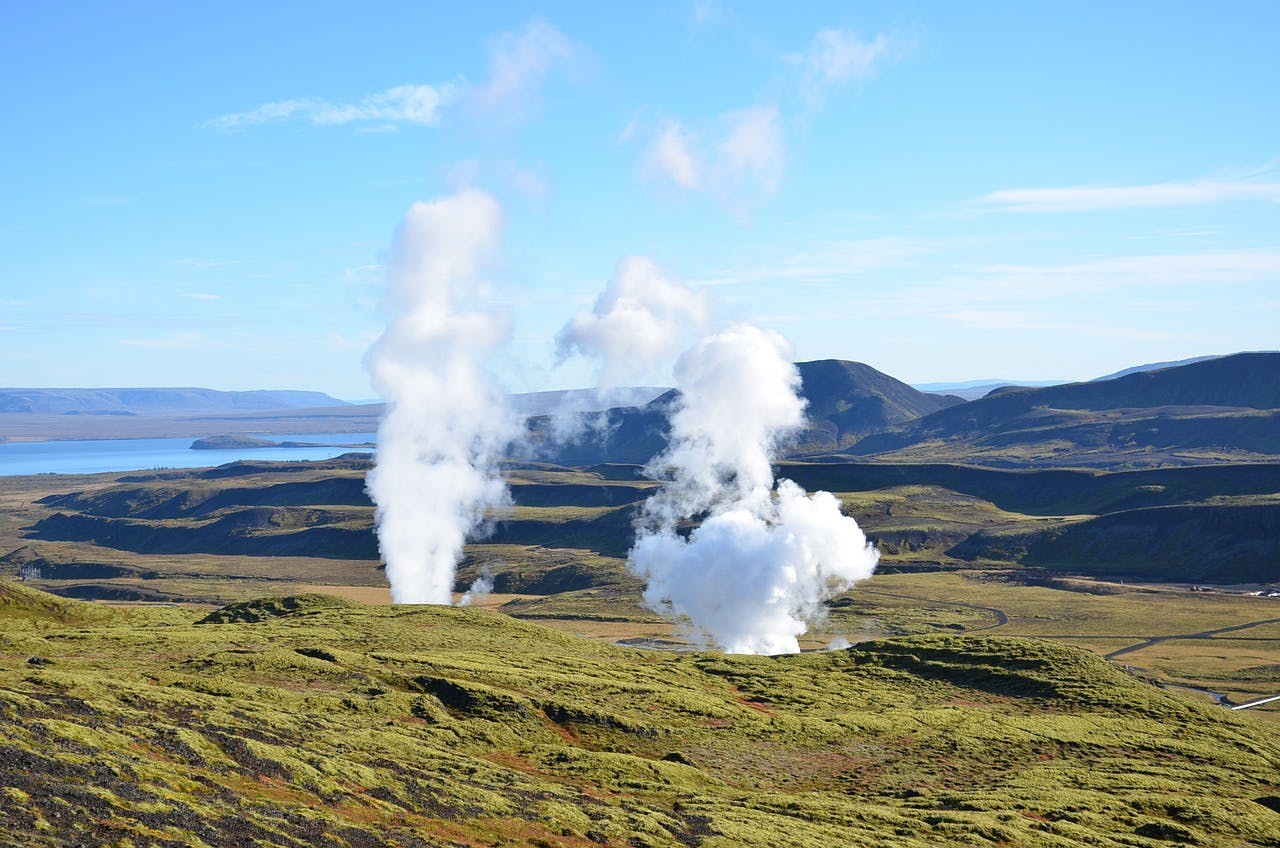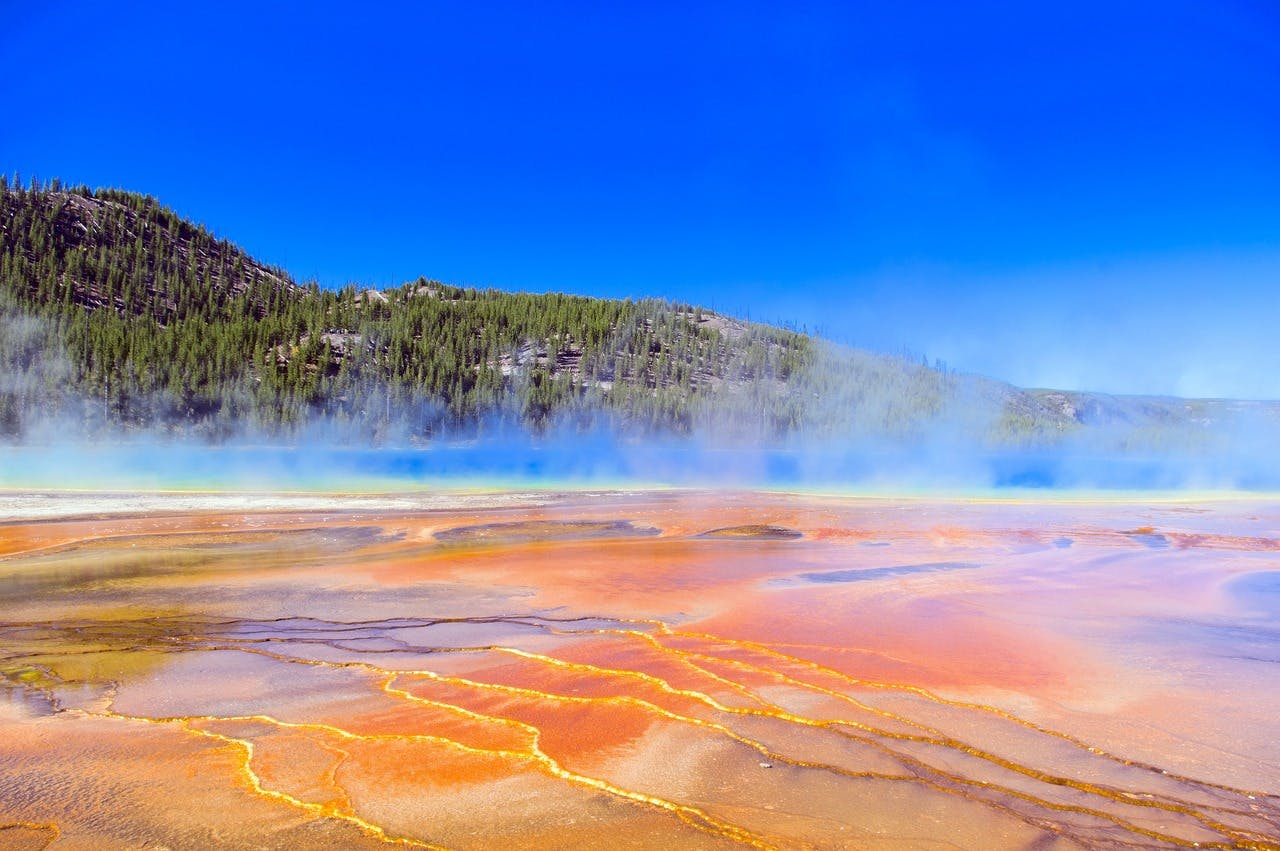Article
Iceland's Geothermal Energy Sector
Geothermal energy is something of a blessing for Iceland. While countries around the world are straining their resources to retrofit their old and polluting power plants that run on coal or other fossil fuels, the Nordic country is naturally blessed with geothermal energy in abundance. The country has a volcano that releases heat into the earth and surrounding water. This heat is used to generate electricity as well as to heat the country's homes. Iceland is cold most of the year and people can heat their homes for free thanks to the hot water from the springs. The water may need to be cooled down before it is pumped out, as its temperature can exceed 200° C.
Almost a Third of the Energy Consumed in Iceland is Geothermal
Iceland's two most important energy sources are hydropower and geothermal energy. Together they cover over 90% of the country’s energy needs. While hydropower has a larger share, geothermal energy in Iceland accounts for around 30% of the total energy consumed in the country. By far the largest consumers of electricity are the aluminium smelters.
As of 2013, the consumption of geothermal energy in Iceland was 43% towards space heating and 40% towards the generation of electricity. The remaining 17% is split between diverse uses from melting the snow, in swimming pools, and fish farming. Some amount goes towards the greenhouses as well.
In terms of electricity generation, the figure for 2013 stood at 5.245 GWh.

Some Adjustments Made to Make Geothermal Energy Sustainable Source
One area of concern for the authorities is how long the geothermal energy source will last. When generating electricity, the excessive heat already puts a lot of strain on the power plant equipment, so the plant and machinery will have to be replaced after a while. This increases the cost of generating electricity, even though the raw material itself is available free of charge.
The industry dealing with geothermal energy in Iceland has now adopted certain methods such as step-by-step development. This basically means that there is no overproduction of electricity from geothermal energy and a nuanced approach is taken. In this way, the resource remains sustainable and the overall cost of generating electricity is kept under control.
An Ambitious Project for the Future
Despite Iceland enjoying a surplus energy situation, there are attempts at expanding the scope and volume of geothermal energy being trapped from beneath the earth. This is called the Iceland Deep Drilling Project or IDDP. This project envisages drilling holes in the earth similar to the oilwells. The drilling will be undertaken to depths of around 5kms. They expect that they can find hydrothermal fluids at that depth and this fluid will be hot ranging between 450°C and 600°C. The experts believe these wells can boost the power generation by almost 10 times the present levels at 2.5Kms depth. As mentioned, it is an ambitious project and the Iceland government too, is part of the consortium behind IDDP. Some private power producers are also part of the consortium.
It is obvious that geothermal energy in Iceland is a key sector for the country and in the coming years, you will be hearing a lot about this sector. There may be more investments made both by domestic players and foreign ones.

The Green Energy Angle
This article began with the observation that geothermal energy is a blessing for Iceland. There is a reason for this. This form of energy and hydropower are both green or renewable energies. They do not pollute the atmosphere, unlike almost all other forms of energy such as coal, gas, nuclear power and so on. Again, countries and governments are endeavouring to meet their targets for switching to green energy. Iceland, of course, has done it.
If you require any assistance in Iceland, contact Swapp Agency.